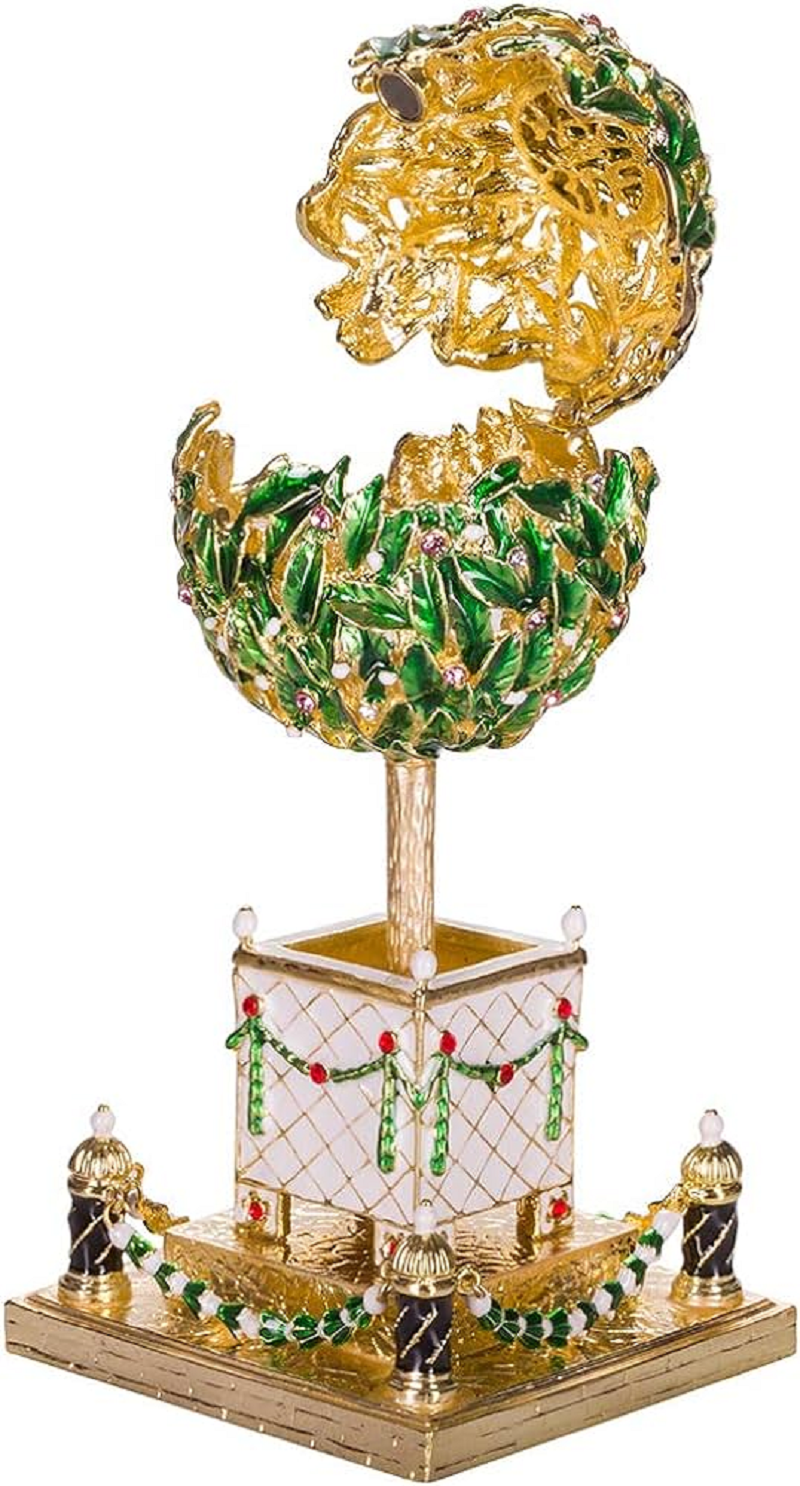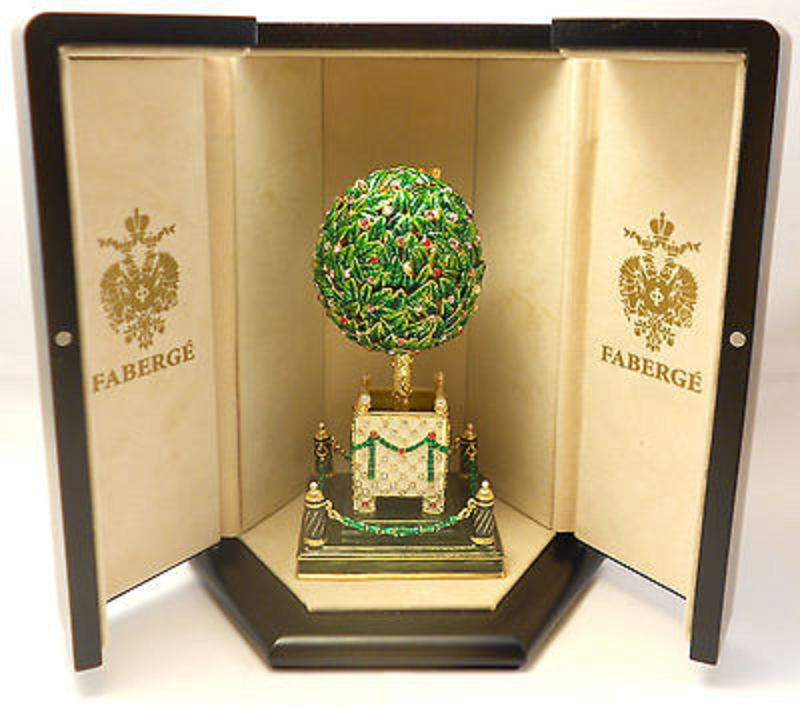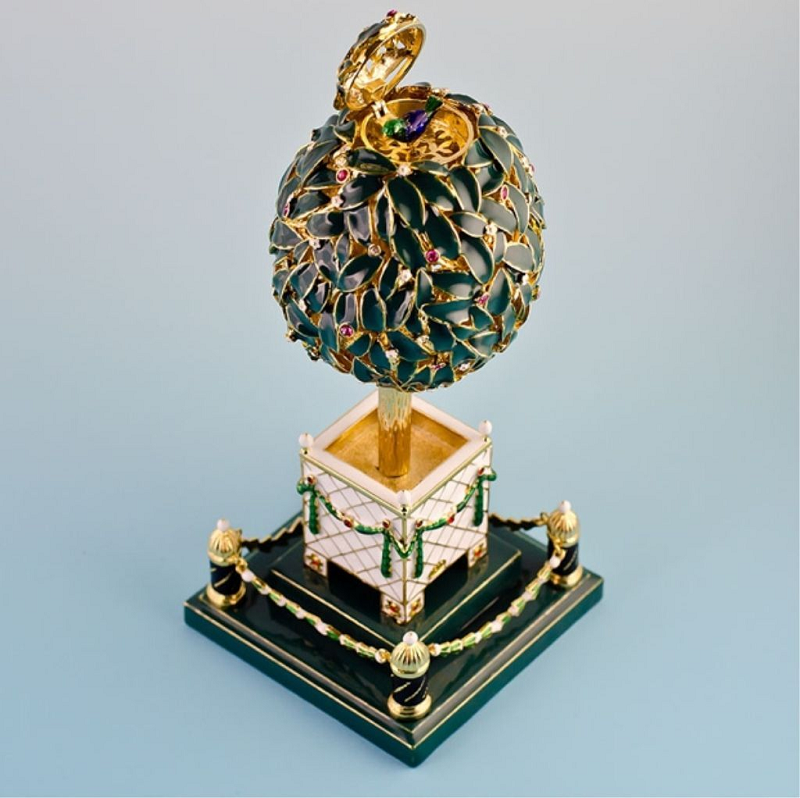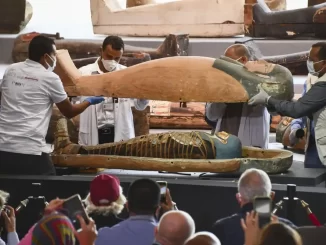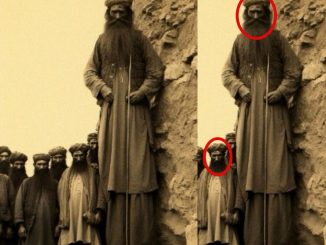In the realm of artistry and opulence, few names evoke as much reverence and fascination as that of Carl Fabergé. His exquisite creations, particularly the famed Imperial Easter Eggs, stand as testaments to unparalleled craftsmanship and ingenuity. Among these treasures, one stands out for its remarkable symbolism and intricate design—the Bay Tree Egg. Crafted in 1911, this masterpiece was presented by Emperor Nicholas II to his mother, Dowager Empress Maria Feodorovna, on Easter. Delving into the depths of history and artistry, let us explore the captivating tale behind the Bay Tree Egg and its significance in the legacy of Fabergé.
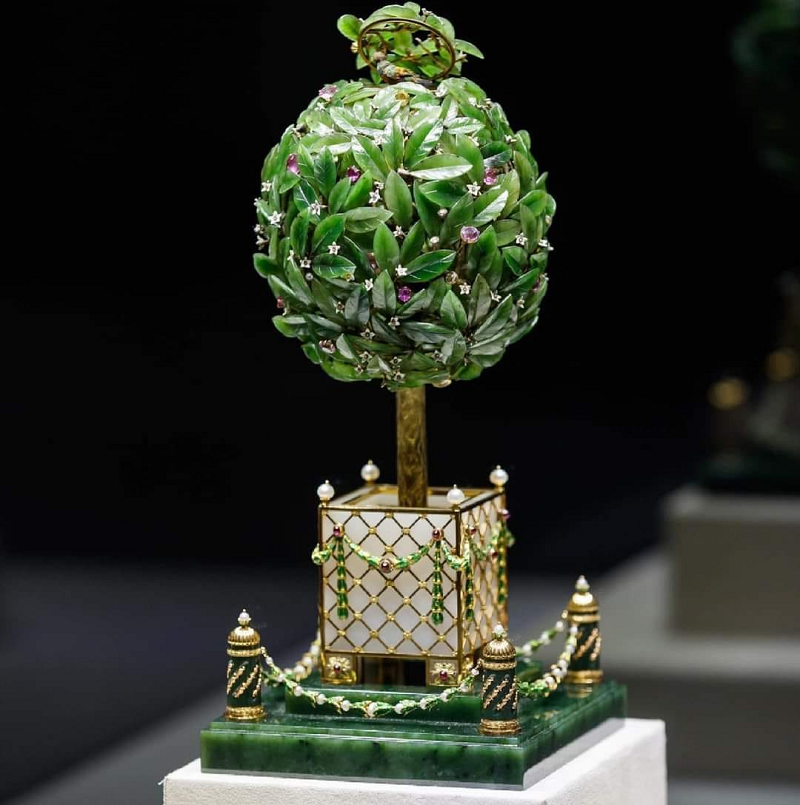
Body: The Bay Tree Egg is not merely a lavish gift; it is a testament to the enduring bond between a son and his mother, as well as a celebration of a significant milestone in Russian history. In 1911, Maria Feodorovna, the revered Dowager Empress, marked her 30th year since ascending to the Russian throne. To commemorate this momentous occasion, Emperor Nicholas II commissioned the Bay Tree Egg, infusing it with profound symbolism and meticulous craftsmanship.
At the heart of the Bay Tree Egg lies the motif of the evergreen laurel, a symbol synonymous with immortality and glory. This choice was deliberate, reflecting both the eternal nature of Maria Feodorovna’s reign and her enduring legacy. The egg’s crown, intricately carved from Sayan jade, boasts 325 meticulously crafted leaves, each a testament to Fabergé’s unparalleled skill. Sayan jade, renowned for its remarkable plastic properties, was a favored medium of Fabergé, imbuing his creations with a sense of ethereal beauty and durability.
Nestled within the jade crown of the laurel tree lies a golden songbird, its delicate form a testament to Fabergé’s attention to detail. What sets this mechanical marvel apart is its flawless functionality, a testament to the masterful craftsmanship of Fabergé’s artisans. Maria Feodorovna’s fondness for birds was well-known, and Fabergé, in his astute understanding of his patron’s preferences, often incorporated avian motifs into his creations. The inclusion of the mechanical songbird further enhances the enchantment of the Bay Tree Egg, transforming it into a living testament to the Empress’s passions and the Emperor’s filial devotion.
Beyond its aesthetic splendor, the Bay Tree Egg embodies the essence of an era—a time of opulence and imperial grandeur that would soon give way to tumultuous change. In its intricate design and profound symbolism, it encapsulates the aspirations and ideals of a bygone era, offering a glimpse into the lives of Russia’s ruling elite and the artistic brilliance of Carl Fabergé.
Conclusion: As we unravel the story behind the Bay Tree Egg, we are transported to a world of unparalleled elegance and sophistication. Beyond its status as a mere objet d’art, the Bay Tree Egg serves as a poignant reminder of a bygone era and the enduring legacy of Carl Fabergé. Through its intricate design and profound symbolism, it continues to captivate hearts and minds, offering a glimpse into the opulence and grandeur of Imperial Russia. In the annals of history, the Bay Tree Egg stands as a testament to the enduring bond between a mother and her son, immortalized in jade and gold for generations to come.
